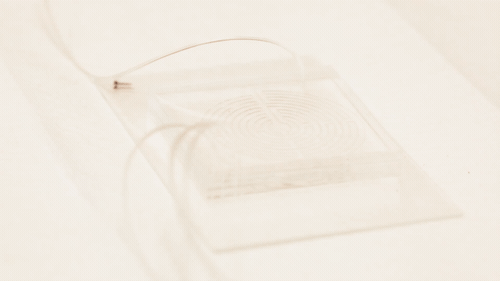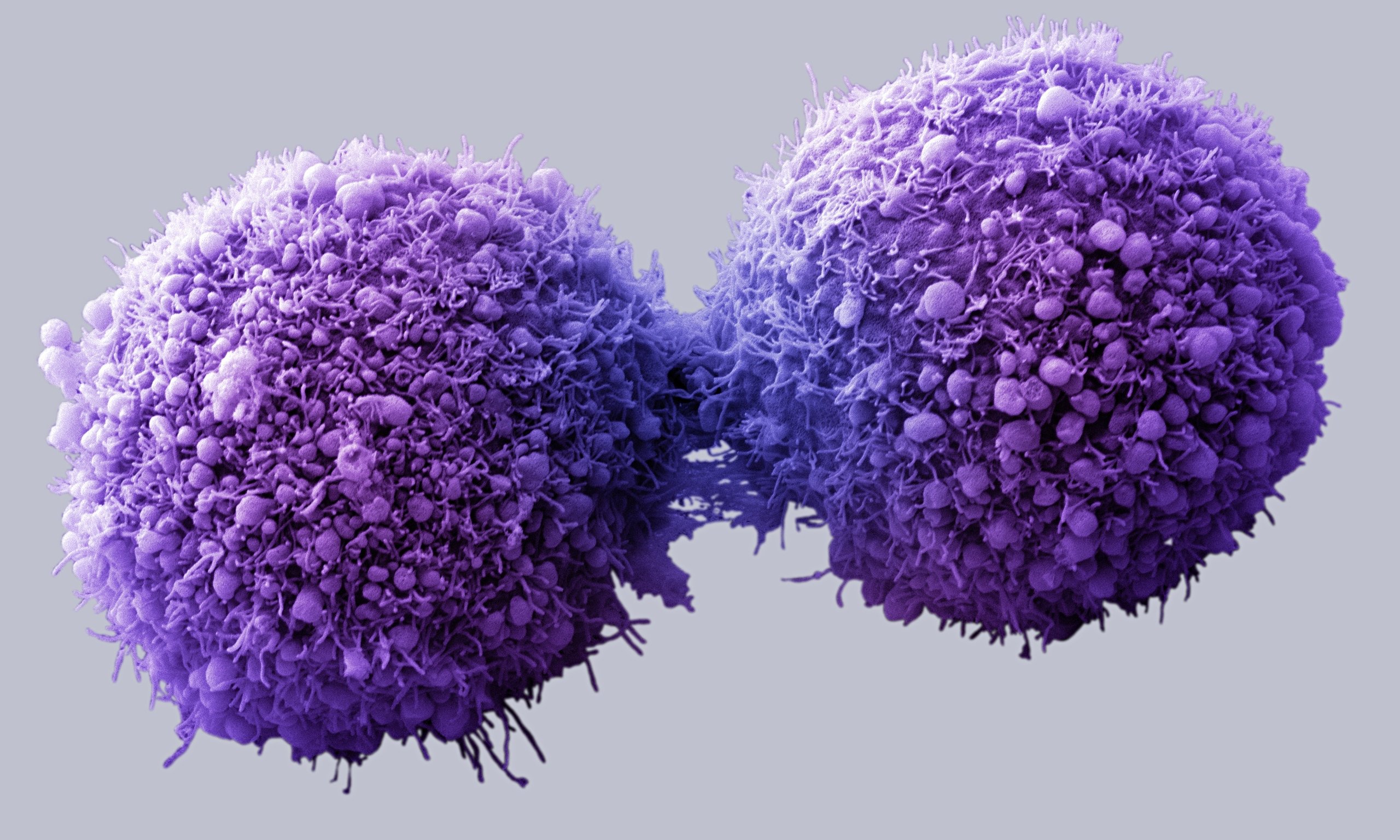Labyrinth Collects Rare Circulating Cancer Cells To Treat Cancer
Cancer cells conceal themselves from the immune system not by barricading themselves in an impenetrable shell, but by the biological equivalent of hiding in plain sight. Their strategy is to make themselves inconspicuous by blending in, as far as possible, with their normal neighbours. They accomplish this by displaying proteins, known as antigens, on their surface, that are similar to those on the well-behaved cells nearby.
This uniformity can mislead the body’s T cells, the patrol officers and duty inspectors of the immune system. In the high-stakes contest of hide-and-seek between cancer cells and the human immune system, the advantage doesn’t always lie with the body’s defenders.
Therefore, now, scientists at the University of Michigan in Ann Arbor have developed a microfluidic biochip that sends blood samples through a hydrodynamic maze to separate out rare circulating cancer cells into a relatively clean stream for analysis. It is already in use in a breast cancer clinical trial.
The team call their device Labyrinth, since the channels in the clear plastic chip have a complex design almost resembling a maze. Doctoral candidate and first author Eric Lin who created the chip, fits 60 centimeters
of channels into a 10-centimeter square design. But Labyrinth is designed to move blood samples through quickly, at 2.5 milliliters per minute, using hydrodynamics in the flow through the channels to separate and sort different types of cells.
“You cannot put a box around these cells,” said Sunitha Nagrath, University of Michigan associate professor of chemical engineering, who led the development of the chip along with Max Wicha, the Madeline and Sidney Forbes Professor of Oncology at Michigan Medicine. Wicha is one of the pioneers of the cancer stem cell hypothesis.
“The markers for them are so complex, there is no one marker we could target for all these stages,” Nagrath said.
Size-based sorting gets around this problem, but until the labyrinth, this technique was too imprecise to use on its own. Conventional chips, with spiral-shaped channels, left each cancer cell contaminated with thousands of other cells—particularly white blood cells.
The circular channels help separate the larger from smaller cells, with centrifugal force pushing the larger cells to the outside walls. Isolating smaller cells, however, are more of a challenge, which is the reason for sharp corners in the channel design. “Bigger cells, like most cancer cells, focus pretty fast due to the curvature,” says Nagrath in a university statement. “But the smaller the cell is, the longer it takes to get focused. The corners produce a mixing action that makes the smaller white blood cells come close to the equilibrium position much faster.”
In a proof-of-concept study, the team took blood samples already drawn from 76 breast and pancreatic cancer patients participating in a clinical trial. The samples were then sent through Labyrinth, with circulating tumor cells isolated from the rest of the blood. Results show the chip provides a high yield of circulating tumor cells, more than 90 percent, and with little contamination. Additional genetic profiling of the captured cells shows tumor cells representing a wide range of stem-cell qualities, which can help design more precise treatments for patients.
In Wicha’s clinical trial, run by Monika Burness, a lecturer in hematology and oncology, the labyrinth chip is isolating cancer cells from the blood of patients with an aggressive form of breast cancer. The trial is investigating whether a treatment blocking an immune signaling molecule called interleukin-6, which helps heal wounds by temporarily activating adult stem cells, can make progress against cases of breast cancer that don’t respond to standard treatments.
The technique could be the key to a new wave of cancer treatments. If you can single out aggressive cancer cells, you’ll have a better sense of how to treat the cancer in question. The technique won’t necessarily lead to cures for stubborn cancers, but it could offer hope in situations where a cancer would otherwise be impossible to stop.






























